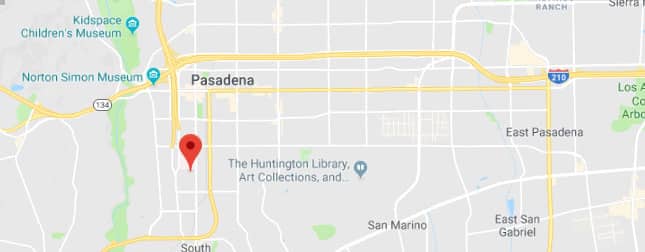 Rhinoplasty cosmetic surgery may be required to reduce a dorsal hump or bump in some patients. Variations of this condition can cause the illusion of a substantial bump, called pseudo-hump or low radix.
Rhinoplasty cosmetic surgery may be required to reduce a dorsal hump or bump in some patients. Variations of this condition can cause the illusion of a substantial bump, called pseudo-hump or low radix.
The radix refers to the upper bony portion of the nose. The nose may appear to have a bump due to a substantial radix and underlying cartilage. A shallow radix can lead to the appearance of a depression and a bump. The nose surgeon can reduce the size of the radix by cautiously shaving away tiny portions.
The surgeon may source cartilage from another area of the patient’s nose, such as the septum, to add fullness to a depressed area of the nose. Building-up the area right above the radix enables the surgeon to develop a straighter nasal slope. It is important to manage the radix properly in order to provide the nose with a natural look.
Facial plastic and reconstructive surgeon Dr. Eric Yavrouian provides rhinoplasty to patients in Glendale, Pasadena, Burbank, Greater Los Angeles, Beverly Hills, CA, and surrounding locations.
Pseudo-Hump
The presence of a pseudo-hump indicates that the radix is not sufficiently developed and is under-projecting. This creates a facial profile where the tissue underneath the radix, towards the nasal tip, seems even fuller and more bulbous than it actually is. A pseudo-hump develops if the radix bone does not project the overlying soft tissue appropriately.
Treating an Underdeveloped and Low Radix
The most suitable treatment for an under-projecting nose is rhinoplasty with radix tissue grafting. A radix graft can consist of fascia, cartilage, or other soft tissue.
A graft is usually a sculpted cartilage fragment typically taken from the septum. The surgeon places this graft underneath the muscle and skin of the radix where it remains discreet.
The surgeon will place the cartilage graft over the bone where it will elevate the depressed soft tissue and address the deficient bony structure. This procedure helps create a straighter profile without the need to remove any cartilage or bone underneath the radix.
Is it Possible to have Weak Radix and a True Hump?
Some patients can have an underdeveloped radix as well as a true hump. In addressing both these issues together, the surgeon can perform a more conservative hump removal.
The cosmetic surgery procedure involves bringing the ideal profile line closer to the hump by elevating the position of the radix. Consequently, the surgeon will remove a lesser portion of the hum when creating a straighter profile.
The outcomes of this surgery appear less “surgical” and offer a more natural look due to a stronger starting nasal foundation.
Correcting Radix as Part of Revision Rhinoplasty
The height of the radix refers to the angle made between the frontal and nasal bones. This height should be in proportion to the dorsal height, length, and tip for more balanced and complete results.
In case the radix remains too high, or an excessively large graft is used, the nose will appear Romanesque following the surgery. A revision rhinoplasty involves the reduction of the radix to its correct and most appropriate position compared to other nasal aspects and facial characteristics.
Facial plastic and reconstructive surgeon Dr. Eric Yavrouian receives patients from Glendale, Pasadena, Burbank, Greater Los Angeles, Beverly Hills, CA, and nearby areas for rhinoplasty.
For more information about treatments and procedures by Facial Plastic and Reconstructive Surgeon, Dr. Eric J. Yavrouian, serving patients in and around Glendale, Pasadena, Burbank and the Greater Los Angeles, CA area call 818-241-2150 or click here to contact him for a consultation.






